World Environment Day is celebrated on June 5 of each year. In 2020 the venue of the event will be Colombia. Around 30 experts will participate in six academic panels that will be held that day. Topics to be discussed will be the Amazon, air quality, health, circular economy, and climate change. The central theme is dedicated to “Conservation of biodiversity” and under the motto “Time for Nature”.
The environment is the space that sustains biodiversity and therefore life on Earth. By its definition, an environment cannot exist on a planet devoid of life since its statement implies the relationship of living beings with their environment.
What is biodiversity and what is its importance? The International Convention on Biological Diversity defines biodiversity as the enormous variety of living things on Earth, the result of hundreds of millions of years of species evolution, but it also includes species created through unnatural processes by humans. The importance of biodiversity is that without it there is no life, and its progressive deterioration is a real threat to all of us who share this blue sphere that we call Earth. Unfortunately, until now its fall has not been contained.
The dizzying loss of biodiversity. According to the World Wide Foundation (WWF) “Living Planet” Report, vertebrate populations (mammals, birds, fish, reptiles, and amphibians) have decreased by 60% between 1970 and 2014. Most of them are “related with human activities, including habitat loss and degradation and overexploitation of wild fisheries”. This is a profoundly serious fact, which more than ever compromises the motto “Conservation of biodiversity”.
The Living Planet Index (IPV) measures the trends in 16,704 populations of 4,005 vertebrate species in the period studied. A sample that, although it is not a census of all wildlife, as WWF indicates, “but reports” the current status of the species. He also maintains that “nature and the services that provide us with energy and sustenance are being pushed to the limit”, as we have pointed out in our article Biodiversity in fast fall, published last year.
What is the environment? To understand the meaning of the environment, let us first look at the definition of an ecosystem. In ecology, an ecosystem is a unit formed by a set of organisms (biocenosis), whose members share a territory (biotope). This is the environment, a space that allows a community favorable physical and chemical conditions for its survival.
The natural environment. It covers living and non-living beings on the planet, excluding what is built by human beings. In this environment, species, air, water, soil, natural fire, climate, energy, radiation, and all-natural resources that affect the species that inhabit the Earth interact. Today the natural environment is a theoretical concept, since in practice there is almost no place on the planet without the presence of constructions, objects and contamination made by Homo sapiens.
The built environment. Contains elements manufactured or built by humans in ancient natural spaces. These human deeds have often been at the expense of ecosystems that have been totally or partially eliminated to guarantee Homo sapiens habitat, supply and spread. As the human population has grown at an exponential rate, the natural environment has been reduced at a rapid rate, compromising the conservation of biodiversity, that is, causing significant imbalances in the biological diversity of the planet.
Since the beginning of the 20th century, the human population has grown from 1.6 billion individuals to more than 7.5 billion. This growth, close to 5X, has proportionally increased the construction of houses, cities, towns, urbanizations, agricultural fields, factories, dams, aqueducts, ports, airports, underground transportation, roads, highways, power plants, hydroelectric dams, green areas , parks and shopping malls within cities or in remote locations.
What is the biosphere? It is the space that surrounds the Earth, where all the life on the planet is concentrated, in its waters (hydrosphere), soils (troposphere) and airs (atmosphere).
How big is the biosphere? In theory, its widest part comprises the distance between the greatest ocean depth and the highest altitude in the atmosphere where living things have been found. If we take into account that spotted vultures have been seen flying at altitudes a little over 11 km, and on the other hand, the Pseudoliparis swirei, a species of snail fish that lives at depths close to 8 km in the region of the Mariana Trench, the deepest place in the oceans, so we have that the biosphere in its widest part measures about 20 km, a minimum space if we compare it with the radius of the Earth, which measures 6371 km. So, the maximum space that the biosphere occupies is equivalent to just 0.3% of the planet’s radius, but the average is even lower. This is why the books repeat that if the Earth were an apple, life on it would only take place in the skin of the fruit.
The soil supports most of life on Earth. There are the habitats of land animals and plants, which are the majority, including Homo sapiens. It is also the place where most of the birds rest and spend the night. For better study and understanding, the terrestrial environment has been subdivided into biomes, units made up of a series of ecosystems that occupy large terrestrial or aquatic areas. Biomes are defined by the predominant flora and fauna. Among the main biomes we have: the tropical rain forest, the savanna, the mangrove, the prairie, the steppe, the temperate deciduous forest, the desert, the tundra, and the taiga.
The loss of biodiversity has been unstoppable so far
Human activities have caused the total or partial destruction of a large number of ecosystems, with significant damage to their communities, causing their total or partial displacement, and in extremis their extinction. The main causes of species extinction are related to human activities, direct due to the slaughter of animals or indirectly due to the effects of global warming and climate change.
In a recent note, which we included in How to turn 2020 into the Golden Decade, we pointed out: forests have not stopped deforesting during COVID-19 and, rather, deforestation has increased in the Amazon. Deforesters have taken advantage of the decrease in controls to fleece the forests with greater hostility. If this cannot be stopped, South America could become the second Africa sooner than thought. We are referring to an arid continent, with a critical shortage of water, degraded soils, famines, and a transhumant population, which could flee in masse to places with better possibilities. This is just one example of human irresponsibility.
Finally, it is essential to mention the events that shook 2019, such as the mega forest fires in Brazil, California and Australia, as well as the invasion of locusts in the Horn of Africa and the COVID-19 pandemic now in full development.
Sandor Alejandro Gerendas-Kiss

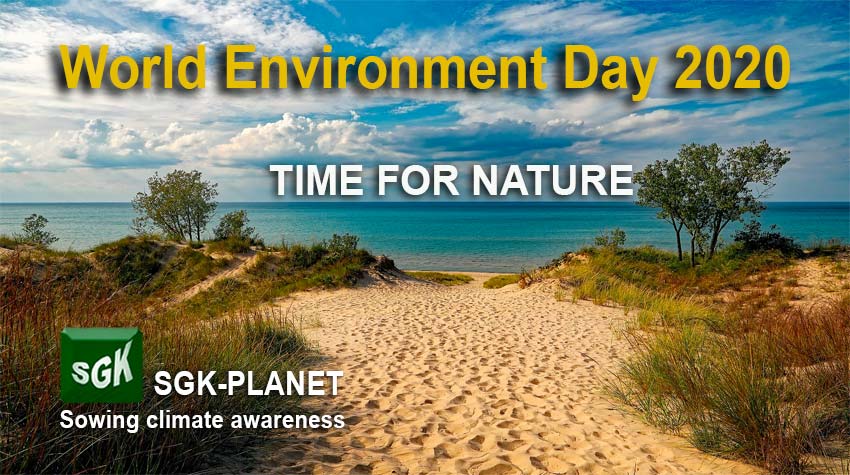
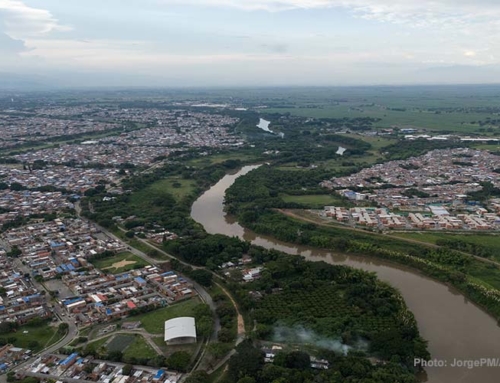
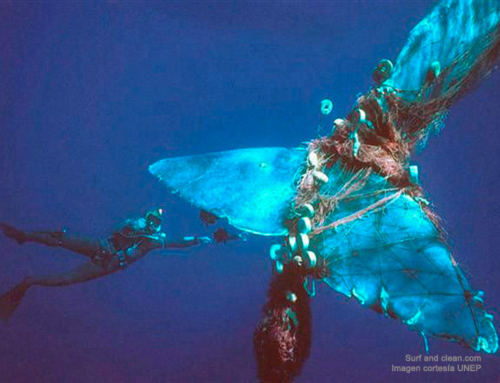
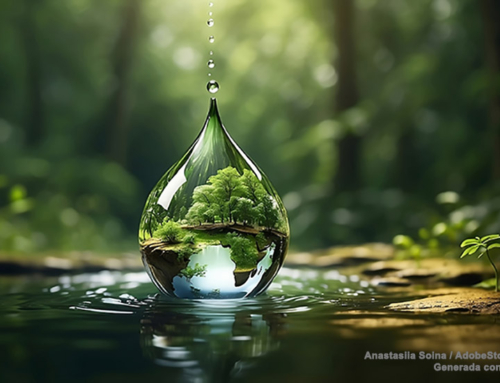
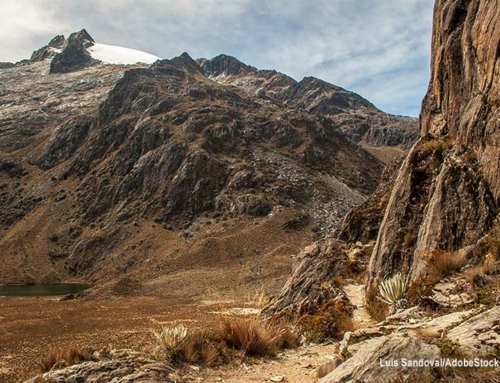

Leave A Comment